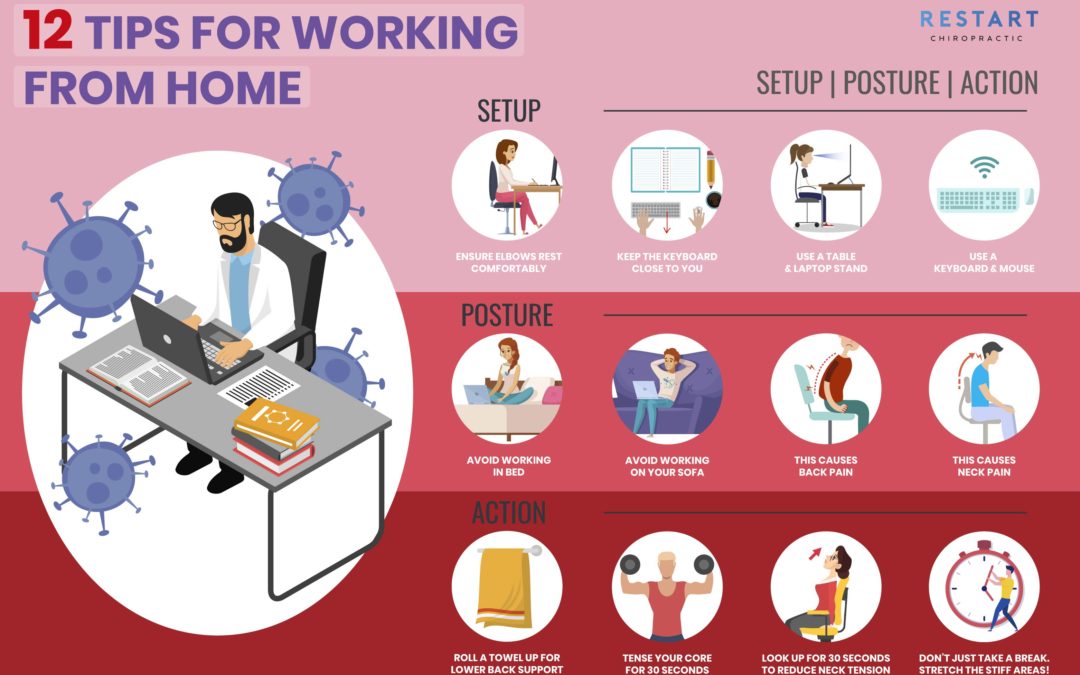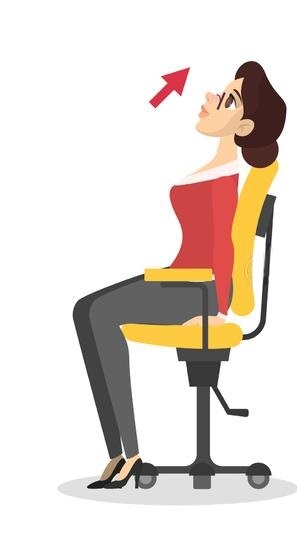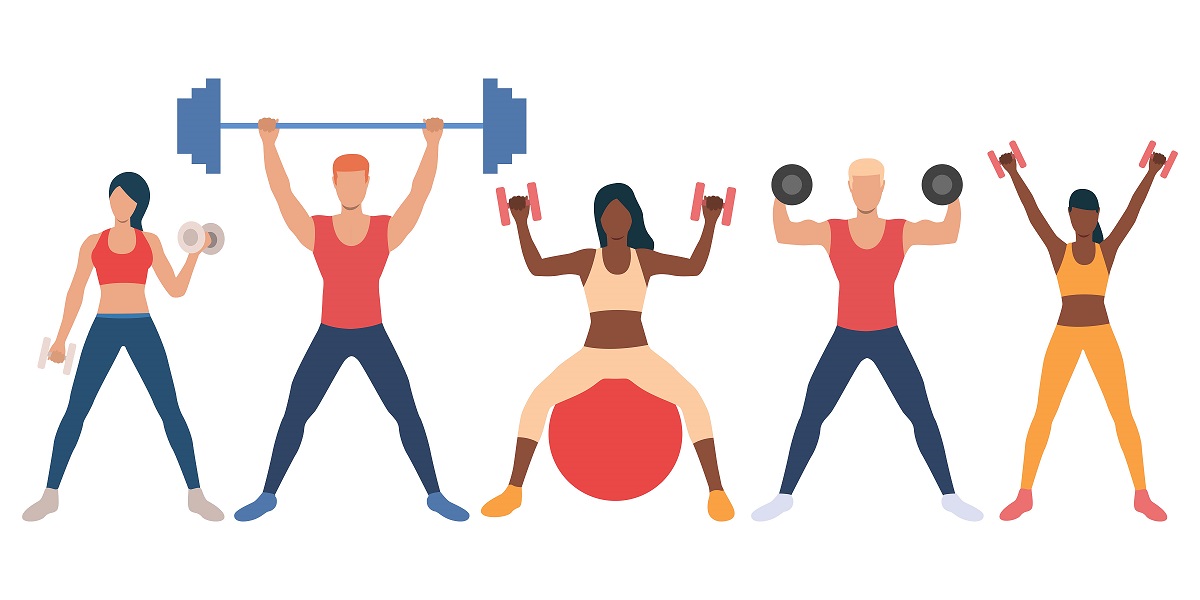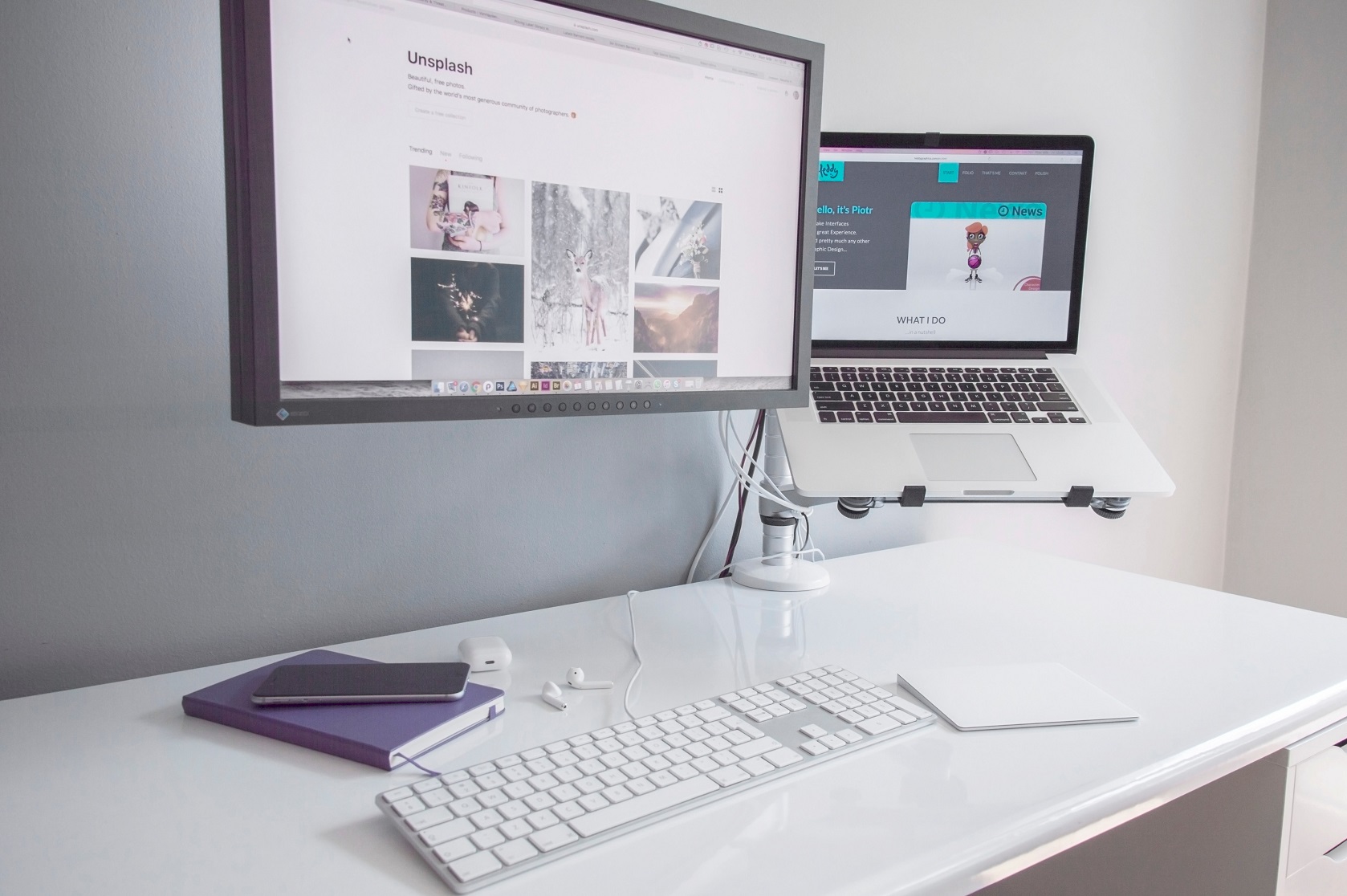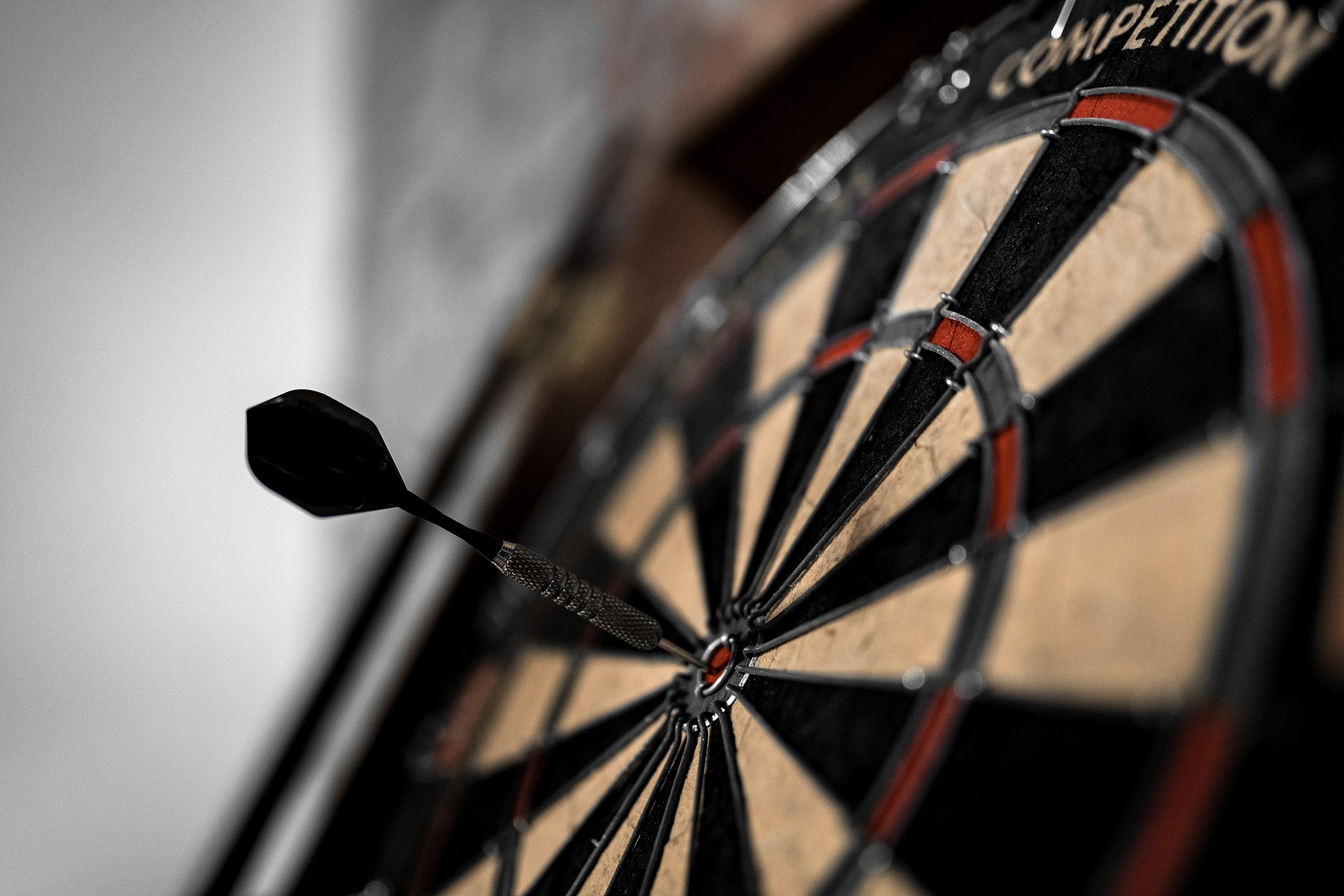Working from home
Here are 12 tips from the trade to improve your posture and prevent pain when working from home.
When working from home it is vital to understand that everyone has different setups that can differ from their office. For the majority, the home setup is no where near as good as their work.
1. Neck stretching exercises
No matter how hard we try, it is unlikely we can upkeep a perfect posture all day long. We all get a bit lazy by the end of the day and try to power through our work. This is normal and we are human. This is why we try to create an ergonomic environment to promote better posture.
If your neck does start to feel stiff and tight from working all day long – chances are that your head has been in a forward position for too long and the shoulder and back musles are aching due to fatigue.
To help with this, move your head in the opposite direction of where it has been for the past few hours. For most of us sitting, this exercise will be craning your neck back and looking up.
Hold this position for about 20-30 seconds. You may place your hands on the shoulders to stretch it down as you pull your head back.
See the picture below for reference.
2. Activate your core
When it comes to lower back pain, there are many many causes for this.
For many, the most common causes of lower back pain are associated with an underlying weak/underactive core. When your core is weak/underactive, your lower back muscles overcompensate for this. Being sat down all day will lead to fatigue and tension.
Whenever you start to feel tension or pain in your lower back, try tensing your core in your seat. You should feel the pressure reduce around your lower back area.
Hold this tensed position for 20-30 seconds and do it as many times as you need it.
Warning: Please discontinue this exercise if it aggravates your pain and seek help from a professional.
3. Roll a towel up for your lower back
Our chairs at work may have a lumbar support with bunch of other gizmos to help position us in multiple ways – but that is a luxury we may not have at home.
A lumbar support helps support the lower back when you are sitting and promotes the formation of your lower back arch. By keeping your lower back in its neutral position it reduces the tension placed on the lower back muscles and promotes better posture.
A great way to replicate this is to roll a towel up and place it on the small of your back whilst you are sitting.
4. Get a lumbar support when working from home
For those working from home more frequently, it may be wise to invest in a more robust, permanent solution. The lumbar support can be placed around any chair you use (with a backing) and be used on other chairs, such as your car.
It is a great way to maintain the spine in a neutral position and reduce the load placed from prolonged sitting.
See picture below for an example.
5. Sit at a table to work
Working from home means you can sit down in the comfort of your own room or living space to do your work. All your meetings, conferences and face to face’s are now online.
It may be tempting to do all this in bed while eating your breakfast or sitting on your couch whilst watching TV. This may be comfortable to start with, but your posture will suffer immensely because your body will be placed in unnatural working positions.
6. Sit on a chair with back support
Many of us sit on whatever we have at home. If you do not tend to work from home often, chances are you don’t have an office chair and will opt for a normal dining chair or bar stool.
When it comes to your chair, it is important to understand that your chair, table and laptop height are 3 things that have to be positioned in the right ratio.
Sitting on chairs with no back support will mean there is nothing for your back to rest on. This may initially make you sit straight up but after a couple of hours your back muscles will fatigue and it can start to ache.

7. Change your chair height
When it comes to chair height, our feet should be able to touch the floor. Otherwise, it will be left to dangle in mid air which offers no support for your legs and back. Staying in this unsupported position for extended periods of time can lead to hip and lower back pain. In this situation, we may be tempted to keep our legs tucked under the chair by crossing our legs. Doing so can actually place more strain on your lower back.
To fix this, ensure the chair is low enough so that both your feet can be comfortably placed on the floor and the hip and knees are roughly at 90 degree angles. Ensure there is moving space around your feet, otherwise you will be in a cramped position.
8. Find the right table at home
After correcting your chair height your should find a table that sits comfortably under your elbows.
Your elbows should rest comfortably on the table at 90 degrees when seated. This keeps your arms close to your body. The further forward your elbows are, the more your shoulders are fighting against gravity. Staying in this position for an extended period of time will cause fatigue.
9. Change the laptop height when working
Many of us have great monitors at work that is raised up to eye level. They are large and wide enough to multitask on but are stationery and confined to one location. When it comes to the laptop, it is portable, which is great. However, that means it will be tempting to use it to work on any surface you find.
Did you know it is a natural reflex our head moves in the direction of our eyes? It is important to understand this as it is something we do subconsciously, frequently.
To give an example, if you are working from your lap on the couch, your head will be tilted down and neck craned forward, which will fatigue your neck, shoulder and back muscles.
After finding the right table and chair setup, get a laptop stand. To position, set it up so that when looking straight ahead, your eyes are looking at the middle of the screen. Many desk assessments advise having the top of the screen at eye level but I would disagree with this. We normally read the screen from the middle – not the top.
10. Use a keyboard and mouse at home
Now that you are all set up it would not feel very comfortable to use your laptops keyboard whilst it is propped up on a stand. It will place a lot of tension around your wrist and elbows and increases the risk of RSI (repetitive stress injury).
Instead, opt for a keyboard and mouse combination. This will place your wrist and elbows in a much more ergonomical position.
11. Take a break!
We’ve all heard this one before – “You need to take more breaks”.
Why is this advised though?
It is because any prolonged tension in one position will continually fatigue the affected muscle. By taking a break you disrupt this tension. Getting up and moving around is simply a way of doing this as you are now using a different set of muscles. This gives the overworked ones a well deserved break.
General rule of thumb: I would advise taking a break every 1-2 hours.
12. Use your break efficiently and target the right areas
For those that already take breaks in timed intervals, it is a great step towards prevention and pain management.
If it is one thing I have learnt over the years, it is that taking breaks is just not enough if you are already experiencing symptoms. What you need are targeted activities, specific for the area producing stiffness/pain.
This is where the knowledge of chiropractors, physical therapists and alike are here for.
If your shoulder or lower back is hurting – there is a specific muscle, joint or structure that is producing that pain. There are over 600 muscles (depending on classification) in the human body; and each and everyone of them can cause an issue.
As part of your treatment, your chiropractor should be teaching and educating you on the specific areas that are causing any issues. It is important you are educated to understand and learn what it is causing your pain in order to perform the correct exercise. Stretches do not take very long (between 10-20 seconds) and will be much more efficient use of your time than say; walking around for 5 minutes. Not to mention it will feel more targeted, and be relieving.
If you do not know what stretch to do, you can always use a foam roller or tennis ball to roll the tense area out.

